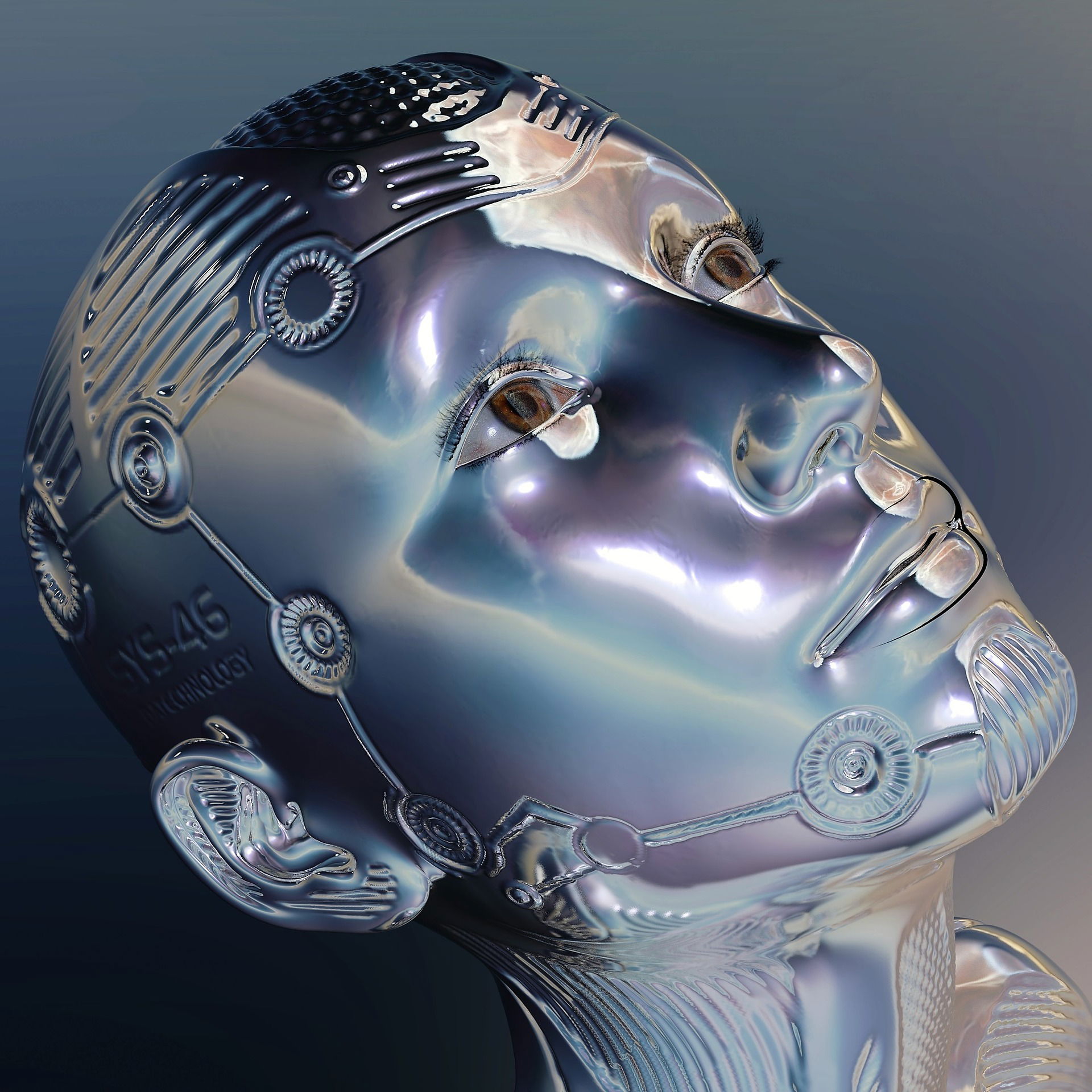Understanding Machine Learning: How AI Learns from Data
Artificial intelligence (AI) is now a vital part of our daily lives, from mobile virtual assistants to personalized product recommendations when shopping online. Machine learning is a powerful technique at the heart of AI, enabling computers to learn from data and make projections or decisions. Here we will dive into the intriguing world of machine learning, how it operates, and its practical uses in the real world.
Do you know what Machine Learning is? It's a branch of AI that concentrates on creating models and algorithms that can be learned from data. Instead of being explicitly programmed to perform specific tasks, machine learning algorithms learn from patterns and examples. They analyze large amounts of data to discover insights, make predictions, or automate decision-making processes. Training Algorithms with Data The critical idea behind machine learning is to train algorithms by providing them with data. The data is divided into two categories: training data and test data. The training data is utilized to instruct the algorithm on the patterns and connections between input variables (also referred to as features) and the expected outcome. The test data, on the other hand, is used to evaluate how well the trained algorithm performs on unseen examples.

Supervised Learning: Making Predictions One popular type of machine learning is supervised learning. In this approach, the training data consists of labelled examples, where each model has input features and a corresponding known output. The algorithm learns to map the input features to the correct result by finding patterns and relationships within the data.For example, in a supervised learning model trained to classify images of animals, the algorithm analyzes labelled pictures of dogs, cats, and birds. It learns to recognize features specific to each animal class, such as shapes, colours, or textures. Once trained, the algorithm can classify new, unseen images correctly.
Unsupervised Learning: Discovering Patterns Another type of machine learning is unsupervised learning. Unlike supervised learning, unsupervised learning algorithms work with unlabeled data. The aim is to reveal hidden patterns, structures, or connections within the data without preconceived labels.
Clustering is a typical unsupervised learning technique that groups similar data points. For example, a clustering algorithm analyzing customer purchase data might discover distinct groups of customers based on their buying habits. You can utilize this information to create targeted marketing campaigns or personalized recommendations.
Real-World Applications of Machine Learning Machine learning has found applications in various fields, revolutionizing industries and enhancing our daily lives. Here are some examples:
- Healthcare: Machine learning algorithms can aid in diagnosing diseases, predicting patient outcomes, and analyzing medical images like X-rays or MRIs.
- Finance: Financial institutions use machine learning for fraud detection, credit scoring, and stock market analysis, enabling more accurate predictions and risk assessments.
- Natural Language Processing (NLP): Thanks to machine learning, human-computer interactions have become more intuitive with the help of language translation, sentiment analysis, chatbots, and voice recognition.
- Autonomous Vehicles: Self-driving cars rely heavily on machine learning techniques to interpret sensor data, recognize objects, and make real-time decisions.
- Recommender Systems: Companies like Netflix and Amazon utilize machine learning algorithms for recommending movies, products, or music based on user preferences and behavior.
Challenges and Ethical Considerations While machine learning offers tremendous benefits, it also poses challenges and raises ethical considerations. Bias in data and algorithms, privacy concerns, and accountability for automated decision-making are just a few of the complex issues that require careful consideration and regulation.
In Conclusion, Machine learning is a powerful tool that enables AI systems to learn from data and make intelligent predictions or decisions. Machine learning algorithms have transformed various industries by analyzing patterns and relationships within large datasets and continue to shape the future.